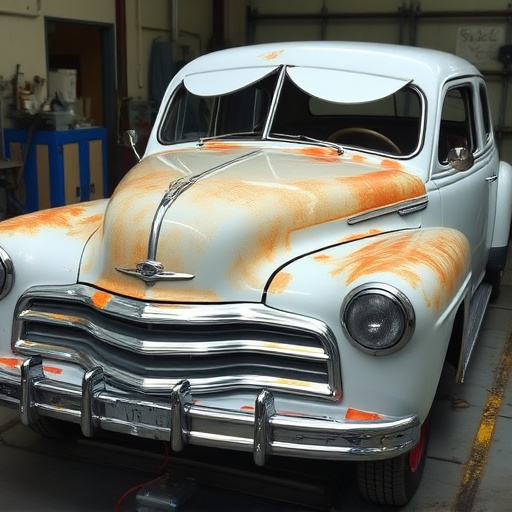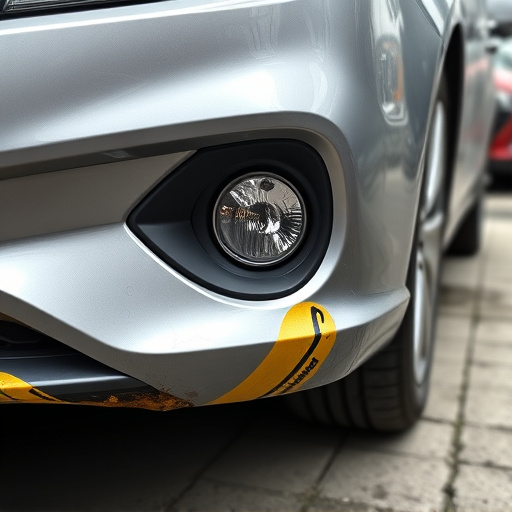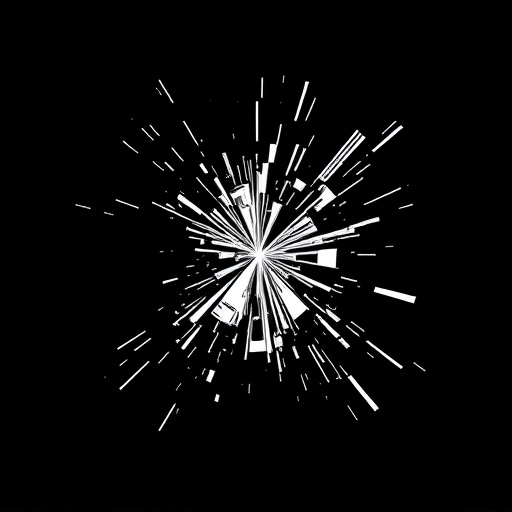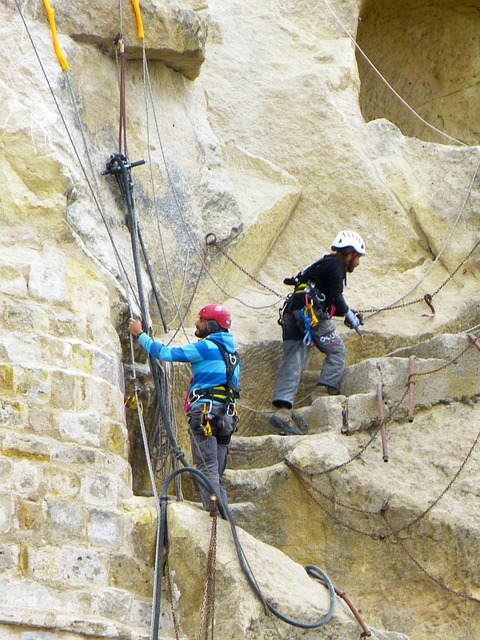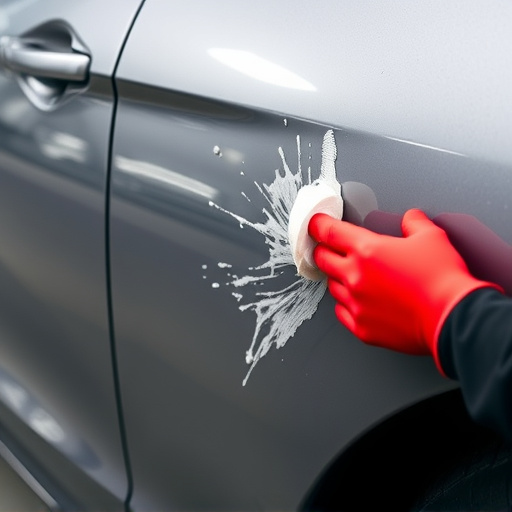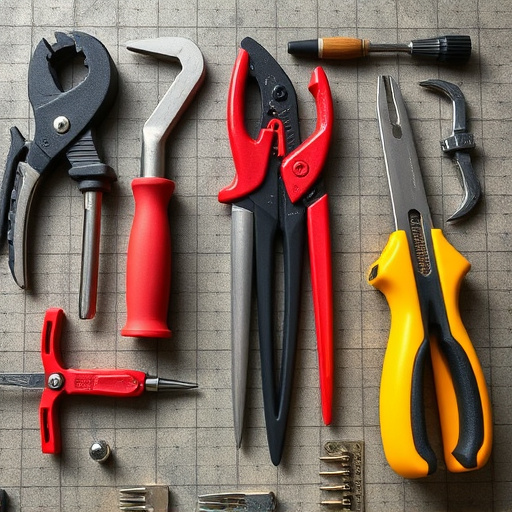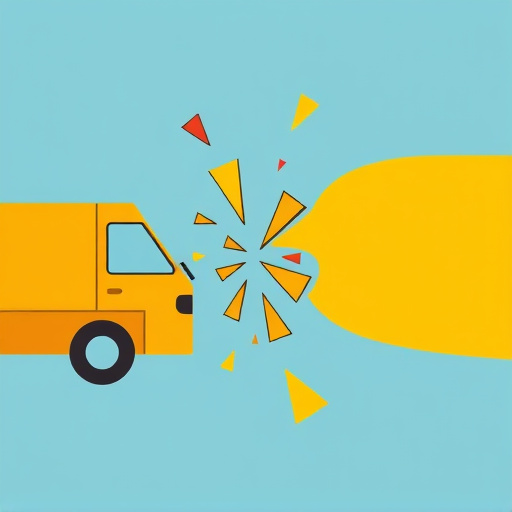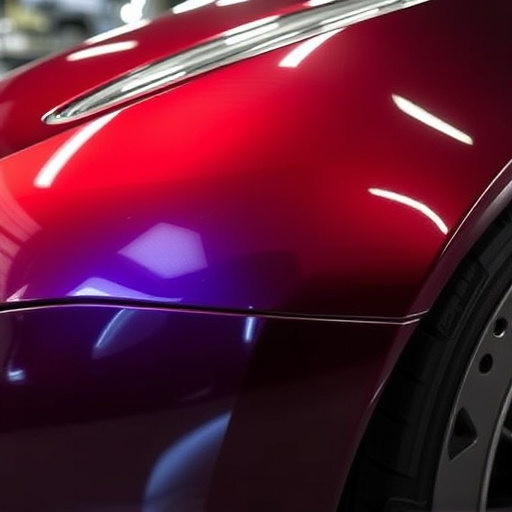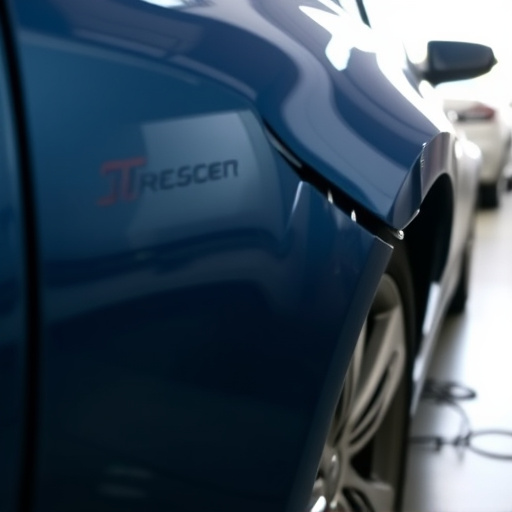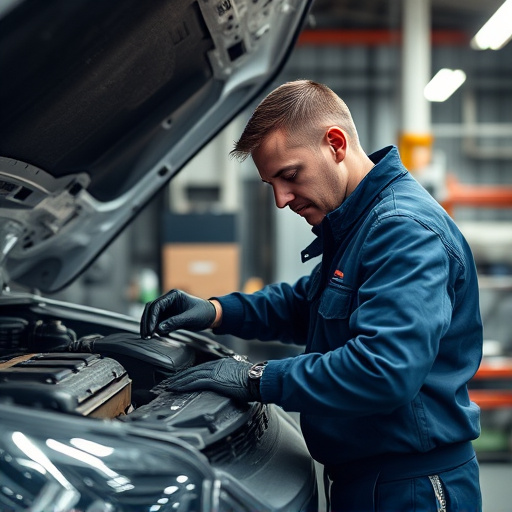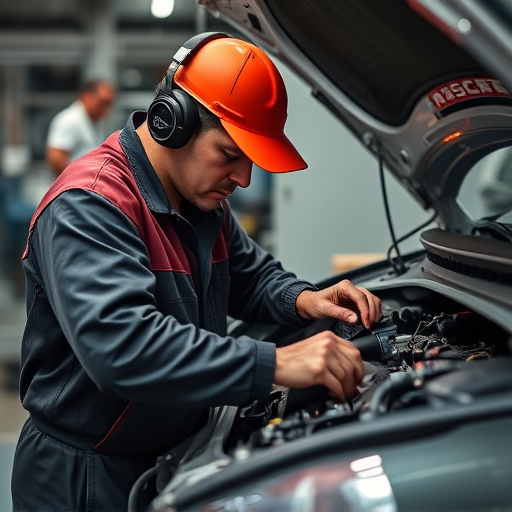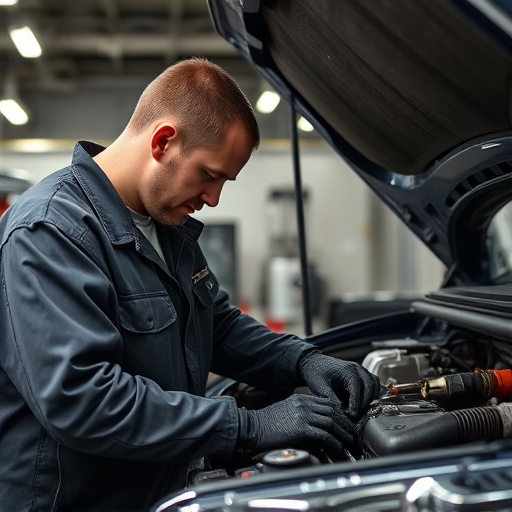Tesla home chargers, critical for EV charging, face vulnerabilities post-accidents due to installation errors, weather damage, or construction interference. Proper damage assessment and timely repair, including paintless dent repair or full collision repair by skilled technicians, are essential. Regular maintenance, such as adhering to Tesla's installation guidelines, inspecting after incidents, addressing minor issues promptly, protecting from harsh weather, and monitoring body repairs, can prevent complex repairs later. Quick action ensures the reliability and safety of your Tesla home charger post-accident.
After a car accident, one of the often overlooked yet critical components to inspect is your Tesla home charger mounting hardware. This article delves into understanding the intricate setup of your Tesla home charger and the common accidents that can damage it. We’ll guide you through assessing and repairing such damages, as well as offer preventative measures to avoid future issues, ensuring a seamless integration of your electric vehicle charging station post-accident.
- Understanding Tesla Home Charger Mounting Hardware and Common Accidents
- Damage Assessment and Repair Process After an Accident
- Preventative Measures to Avoid Future Issues with Your Tesla Home Charger Mount
Understanding Tesla Home Charger Mounting Hardware and Common Accidents

The Tesla home charger is a crucial component for electric vehicle (EV) owners, providing a convenient way to charge at home. The mounting hardware, which secures the charger to your wall or designated charging station, plays a vital role in ensuring safe and efficient charging. Understanding this hardware and its potential vulnerabilities after a Tesla home charger accident is essential.
Common accidents involving Tesla home chargers often stem from installation errors, weather-related issues, or vehicle collision repair situations. For instance, misaligned mounting brackets can lead to inadequate support, potentially causing the charger to shift during use. Harsh weather conditions might also contribute to hardware damage, as corrosion and loose connections are common after prolonged exposure. Moreover, car collision repair work nearby could inadvertently affect the charger’s mounting, especially in cases where construction or installation of new structures requires heavy machinery close to the charging station.
Damage Assessment and Repair Process After an Accident

After a Tesla home charger is involved in an accident, the first step is a thorough damage assessment. This involves inspecting all components, from the charging port and cable to the mounting hardware, to understand the extent of the damage. The focus should be on identifying any cracks, dents, or misalignments that may compromise the functionality and safety of the charger.
The repair process often includes specialized services like paintless dent repair for minor cosmetic damages or complete collision repair for more severe cases. Skilled technicians use advanced techniques to restore the charger’s original condition, ensuring it’s not only fully operational but also aesthetically pleasing. This meticulous approach guarantees that the Tesla home charger is safe to use and aligns with the manufacturer’s standards, addressing all issues stemming from the accident.
Preventative Measures to Avoid Future Issues with Your Tesla Home Charger Mount

To prevent future issues with your Tesla home charger mounting hardware, regular maintenance and checks are crucial. Start by ensuring proper installation right from the beginning, adhering to Tesla’s guidelines for a secure fit. Regularly inspect the charger for any signs of damage or wear, especially after incidents like accidents or strong winds. Addressing minor issues promptly can save you from more complex repairs later on.
Consider implementing preventative measures such as covering the charger during harsh weather conditions and regularly cleaning it to prevent debris buildup. Additionally, keep an eye on your vehicle body repair and dent repair needs, ensuring that any damage to the surrounding area is fixed promptly. Also, remember to verify the condition of auto glass replacement if the charger’s protective cover or housing sustains any cracks or chips.
In conclusion, understanding the mounting hardware of your Tesla home charger and being proactive in its maintenance can significantly reduce the risk of accidents. If an incident does occur, a thorough damage assessment and timely repair are essential to ensure the safety and functionality of your vehicle’s charging system. By following preventative measures, such as regular inspections and proper installation techniques, you can avoid future issues and keep your Tesla home charger running smoothly for years to come. Remember, prompt action after an accident is key to minimizing damage and maintaining the integrity of your vehicle’s charging infrastructure.
